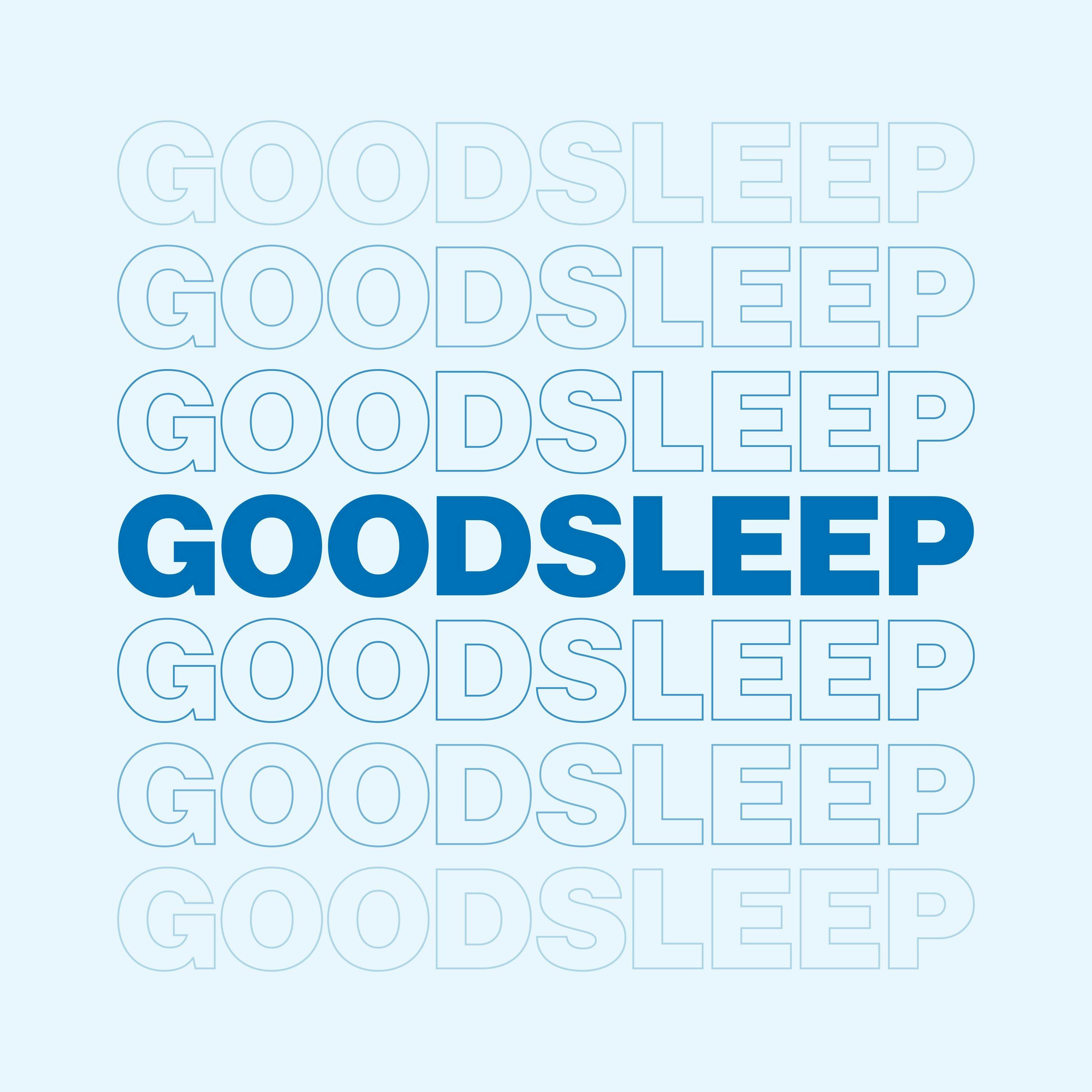Baby Boy Born From Frozen Embryo 30 Years Old!
Embryo adoption: a life-affirming fertility option after long-term freezing
Discover how couples can adopt and transfer frozen embryos—including a recent world-record case of a 30-year frozen embryo birth—through a compassionate adoption process that prioritizes the child and family. This episode explains embryo adoption, how it differs from traditional adoption and IVF, and why it is an increasingly visible path for couples facing prolonged infertility.
What is embryo adoption and how does it work?
Embryo adoption connects families who have leftover embryos from in vitro fertilization (IVF) with couples who want to carry and raise a child. Donor families who do not want to discard embryos can transfer custody to an adopting family. The process typically includes a home study, social work assessments, a matching process by race and religion when possible, legal contracts, and the physical transfer of embryos to the adopting family's clinic for embryo transfer.
Why choose embryo adoption over other fertility options?
Embryo adoption lets recipients experience pregnancy, childbirth, and postnatal bonding—an emotional and physical journey many infertility patients deeply desire. It can also be more child-centered than some adult-driven decisions, because agencies focus on long-term best interests and continuity of care for the born child.
Medical, legal, and emotional considerations
- Not every clinic accepts very old embryos; choosing a receptive fertility center is crucial.
- Embryo grading is imperfect—older or low-graded embryos can still lead to healthy births.
- Adopting families should expect a full adoption-style screening, including home studies and social work oversight.
- Donor contact options range from anonymous to open relationships; agencies often facilitate known-first-name matches.
Success stories and resources for prospective adoptive parents
From a 30-year frozen embryo birth to twins from 15-year-old embryos, real-life successes show the potential of frozen embryo transfers. Agencies like Embryo Adoption Services of Cedar Park provide step-by-step support, rematching when transfers fail, and programs like the Bridge Project to guide donor-adoptee relationships.
Where to learn more: For couples and clinicians exploring embryo adoption, visit adoptembryos.org and legacyinstitute.com for curated stories, agency details, and educational materials. Learn clinic policies early, understand legal contracts, and prepare emotionally for the journey. With thoughtful matching and careful medical planning, embryo adoption offers a meaningful path to parenthood for many families.




